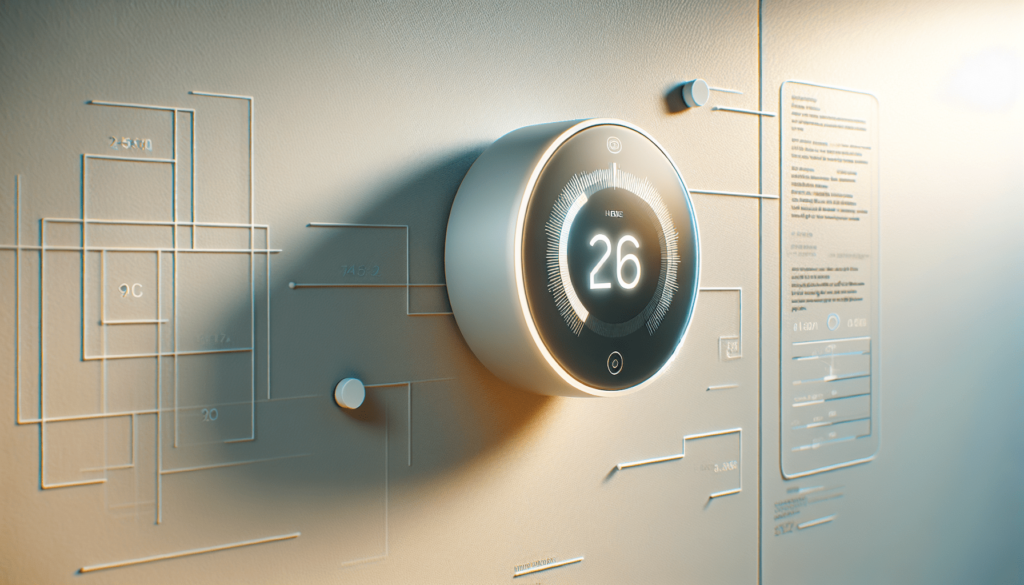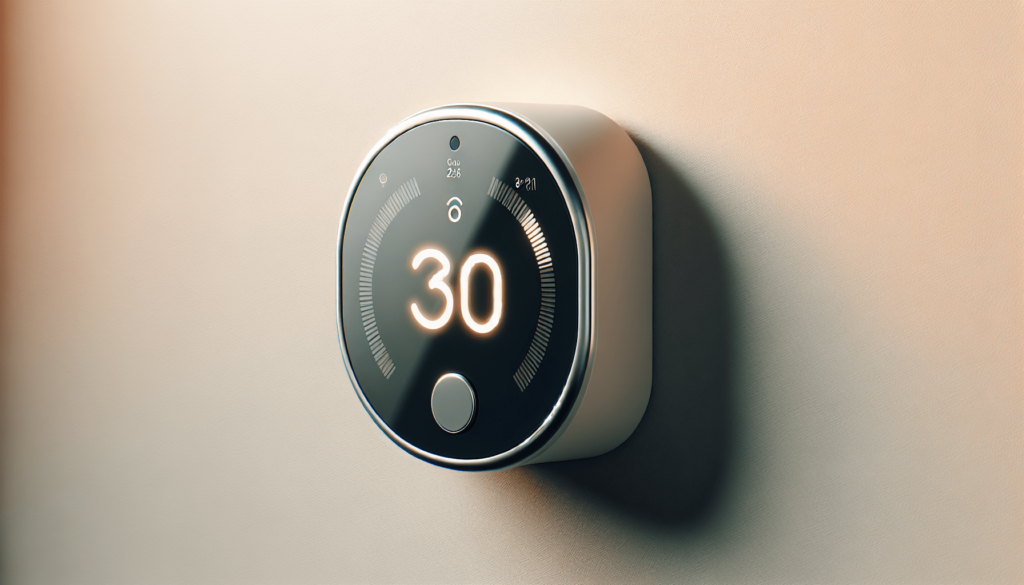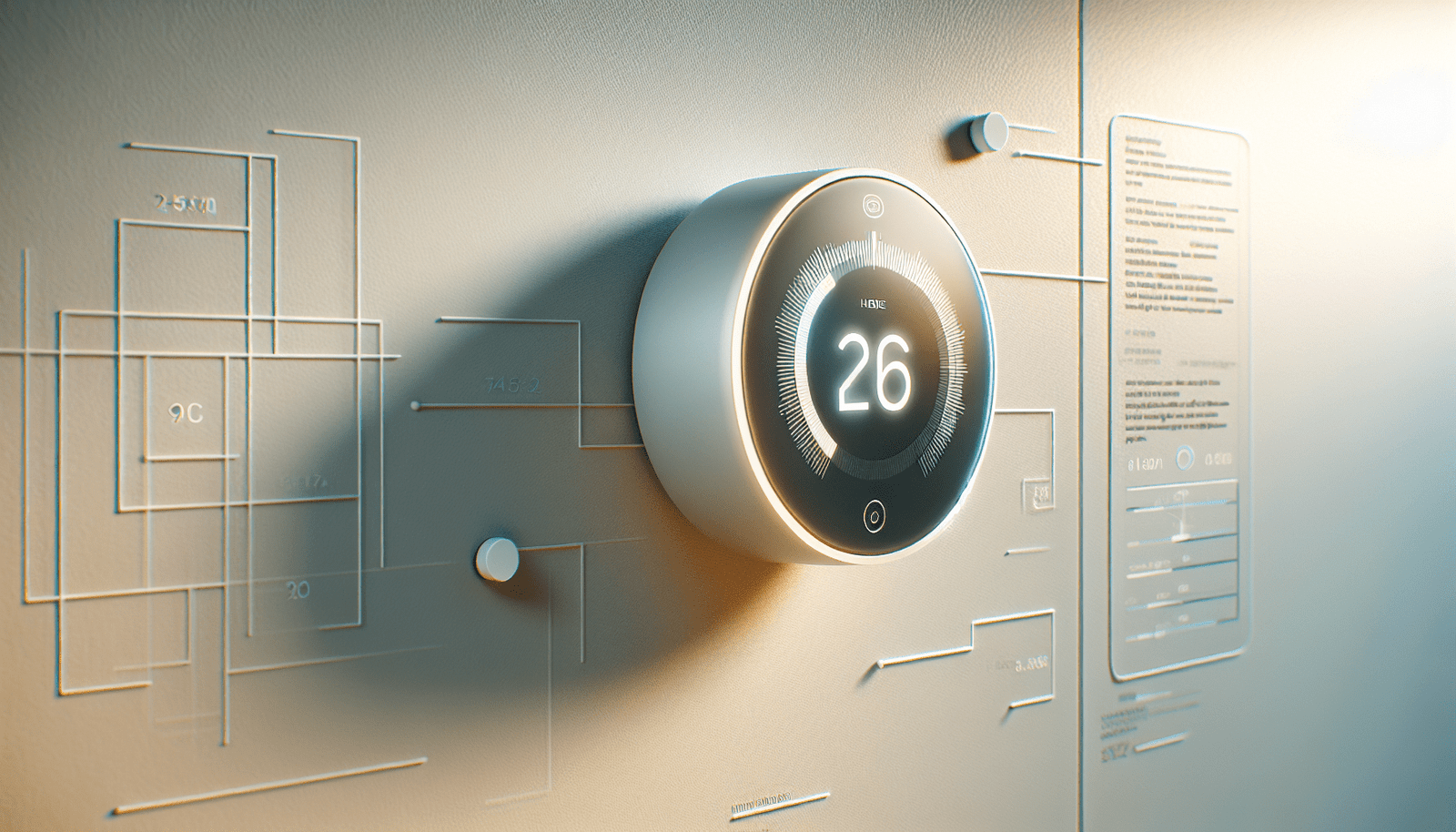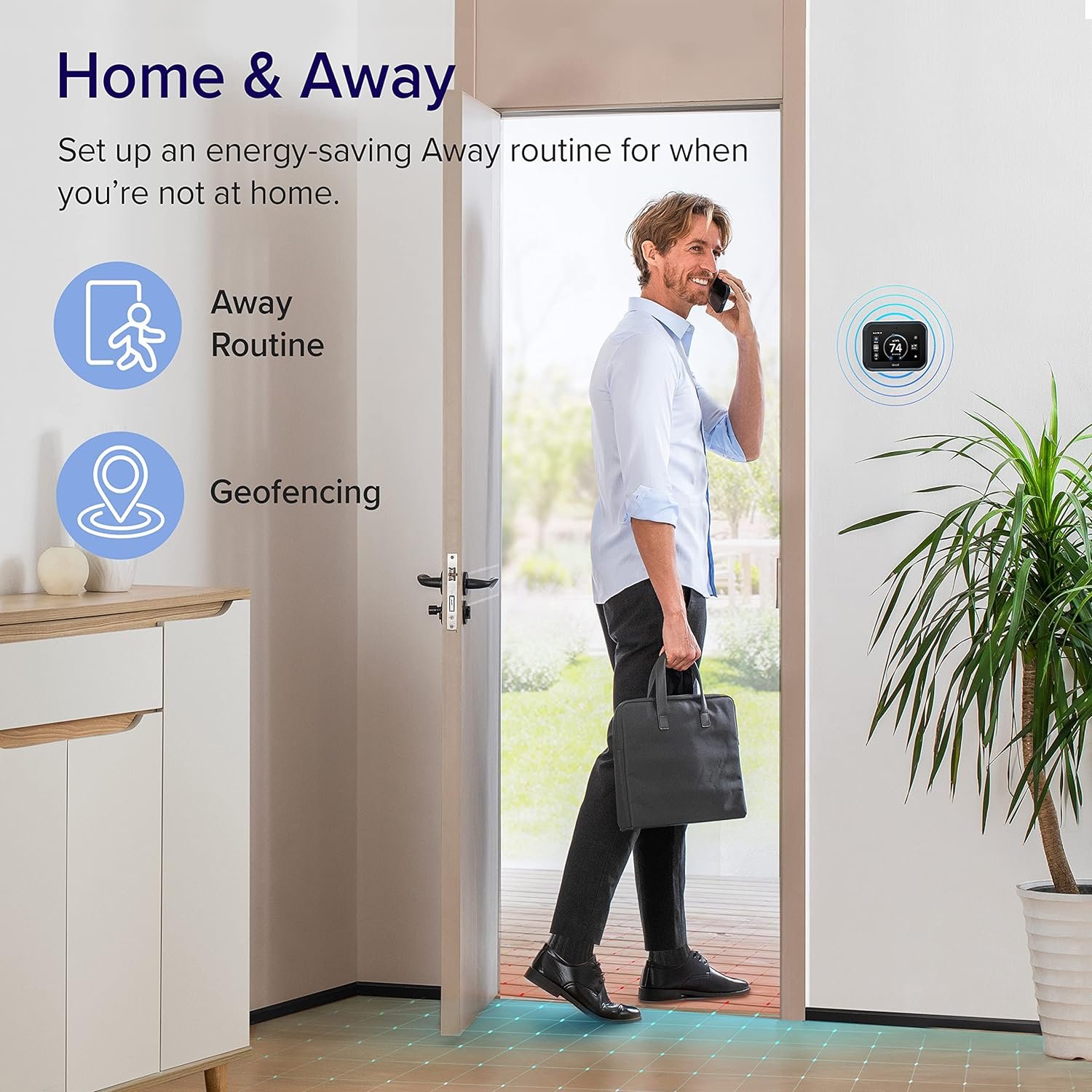Have you ever wondered if upgrading to a smart thermostat is truly a beneficial choice for your household? With technology rapidly advancing, smart home devices are becoming more commonplace. A smart thermostat is one such innovation that has caught the eye of many homeowners, tech enthusiasts, and energy-conscious individuals. However, the ultimate question remains: is it really worth the investment?
Understanding Smart Thermostats
Before diving into the advantages and drawbacks, it’s crucial to understand what a smart thermostat is and how it functions in your home. Unlike traditional thermostats, smart thermostats offer advanced capabilities that enhance your comfort, convenience, and energy efficiency.
How Smart Thermostats Work
Smart thermostats are designed to intelligently manage your home’s heating and cooling systems. They connect to your Wi-Fi network and can be controlled remotely via smartphone apps, allowing you to adjust the temperature at any time, from anywhere. Many models use learning algorithms to optimize heating and cooling schedules based on your preferences and behaviors.
Key Features of Smart Thermostats
When evaluating smart thermostats, several key features stand out. These include geofencing, which adjusts the temperature based on your location, and integration with voice assistants like Amazon Alexa or Google Assistant for hands-free control. Some advanced models also offer energy usage reports, allowing you to monitor and optimize your energy consumption.
Benefits of Installing a Smart Thermostat
The appeal of smart thermostats can be attributed to their numerous benefits, each contributing to improved home comfort and efficiency. Understanding these can help you decide if this technology aligns with your needs and lifestyle.
Energy Efficiency and Cost Savings
One of the primary benefits of a smart thermostat is its potential for significant energy savings. By automating temperature adjustments and learning your schedule, smart thermostats can reduce unnecessary heating or cooling, thereby lowering your energy bills. According to studies, users can save around 10-12% on heating and 15% on cooling costs annually.
Enhanced Home Comfort
Smart thermostats provide more precise temperature control, ensuring your home remains comfortable throughout the day. Features like multi-zone control allow you to set different temperatures for different rooms, catering to individual preferences and improving overall comfort.
Convenience and Connectivity
With the ability to control your thermostat remotely, you no longer need to worry about forgetting to adjust the temperature before leaving home. This convenience extends to integration with other smart home devices, making it easier to create a cohesive and automated living environment.
Environmental Benefits
In addition to financial savings, using a smart thermostat contributes to environmental conservation by minimizing energy waste. This reduction in consumption translates to a smaller carbon footprint, aligning with eco-friendly living initiatives.

Evaluating the Cost and Investment Potential
While the advantages are clear, the initial cost of installing a smart thermostat is a considerable factor. The investment potential can be evaluated by analyzing costs, available rebates, and long-term savings.
Comparing Costs of Traditional vs. Smart Thermostats
Traditional thermostats can cost as little as $20-$100, while smart thermostats range from $100 to $300 or more, depending on the brand and features. While the upfront cost is higher, the long-term savings on energy bills and improved efficiency can make them a cost-effective choice.
Available Rebates and Incentives
To mitigate the initial cost, check for rebates and incentives offered by local energy companies or government programs. These rebates can significantly reduce the expense, making smart thermostats a more affordable upgrade.
Long-term Savings Analysis
Calculate potential savings by factoring in reduced energy costs and analyzing your usage patterns. These insights can help you determine the time it will take for the thermostat to pay for itself through reduced energy bills.
Comparing Top Smart Thermostat Models
When choosing a smart thermostat, comparing top models based on energy efficiency, features, and price can guide your decision. Below is a comparison of some leading models.
| Model | Energy Efficiency | Key Features | Price Range |
|---|---|---|---|
| Nest Learning | High | AI Learning, Geofencing | $200-$250 |
| Ecobee SmartThermostat | High | Voice Control, Multi-zone | $200-$250 |
| Honeywell Home T9 | Medium | Room Sensors, Wi-Fi Connectivity | $150-$200 |
| Wyze Thermostat | Medium | Budget-Friendly, Basic Features | $100-$150 |
Rankings Based on Features and Affordability
- High-end Choice: Nest Learning Thermostat is renowned for its AI capabilities and robust energy reports.
- Best for Voice Integration: Ecobee SmartThermostat, offering seamless compatibility with voice assistants.
- Budget Option: Wyze Thermostat provides essential smart features at a lower price.

Installation and Compatibility Considerations
Understanding installation requirements and compatibility with your current HVAC system is vital in avoiding future issues.
DIY Installation vs. Professional Installations
Many smart thermostats are designed for easy DIY installation, with step-by-step guides and videos provided by manufacturers. However, if your system is complex or you’re unsure, hiring a professional might be beneficial to ensure proper setup.
Compatibility with Existing Systems
Before purchasing, verify that the smart thermostat is compatible with your home’s heating and cooling system. Incompatibility can lead to inefficient performance or even damage to your system.
Troubleshooting Common Issues
Typical issues may include connectivity problems or incorrect temperature readings. Solutions often involve resetting the device, ensuring Wi-Fi strength, or consulting customer support for further assistance.
Advanced Features to Consider
As smart thermostats evolve, they offer innovative features designed to enhance user experience and energy management.
AI Learning Technology
AI learning technology helps the thermostat understand your routine and preferences, automating temperature adjustments to maximize energy savings without sacrificing comfort.
Geofencing Capabilities
Geofencing uses your smartphone’s location to detect when you leave or approach home, automatically adjusting the temperature to maximize efficiency and comfort.
Voice Assistant Integration
Integrating with smart home ecosystems, voice assistant compatibility allows you to control your thermostat with simple voice commands, adding convenience to your daily routine.
Multi-Zone Controls
Multi-zone functionality lets you control the temperature in different areas of your home independently, ideal for larger homes or spaces with varying heating and cooling needs.
Potential Drawbacks and Considerations
While smart thermostats offer numerous benefits, it’s important to recognize potential challenges to ensure they meet your expectations.
Initial Cost and Budget Constraints
The higher upfront cost can be prohibitive for some budgets. It’s essential to weigh this against potential energy savings and rebates available to make an informed decision.
Privacy Concerns
Smart thermostats that collect data to optimize performance can raise privacy concerns. Ensure you understand how your data is used and managed by the manufacturer.
Compatibility Limitations
Not all smart thermostats are compatible with every HVAC system. Ensuring compatibility prevents performance issues and maximizes functionality.
Conclusion: Is a Smart Thermostat Right for You?
Ultimately, deciding whether a smart thermostat is worth it depends on your specific needs, habits, and household situation. If you value convenience, desire energy savings, and appreciate tech innovations, a smart thermostat could be a valuable addition to your home. Conversely, if budget constraints or system compatibility are concerns, weigh these factors carefully before investing. By understanding the features, benefits, and potential downsides, you can make an informed decision that enhances your home’s comfort and efficiency.
Disclosure: As an Amazon Associate, I earn from qualifying purchases.






